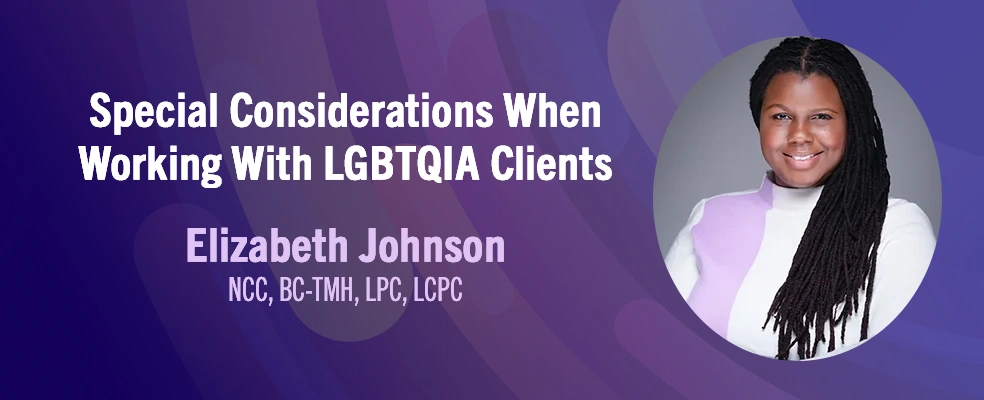THE SHAME CODEX

I work with the long-term wounded every day in my job as a psychotherapist; one of my clients described herself as “the walking dead.” Nowadays we know that trauma is stored in the body, that the long-term consequences of trauma are often crippling physical illnesses and premature death. We know that the practice of yoga and meditation can really help survivors of abuse, that energy work such as reiki and craniosacral therapy can clear neural pathways and advance healing of the mind, body and spirit.
So why am I, traditional psychotherapist, writing about understanding the verbal code that conveys the thoughts and feelings resulting from trauma? Is my kind of work out-of-date, irrelevant? Or worse, painfully slow, and inflicting more psychic wounds in its uncovering of intolerable truths?
During the 20 years of my practice, I have come to understand that the verbal code of trauma needs to be untangled in synchronicity with treatment for symptoms such as chronic pain.
Arouse No Suspicion
It was “Nearly Invisible Julie" who taught me the cardinal rule that governed her life. Her family was Irish Catholic, and much respected in the neighborhood. She had 9 siblings; she was the first in the second wave of 3, so it was her job to supervise the next 2 younger than herself. The evening meal was at 6:00 pm exactly, not a minute later. When 2 of her cousins died in a house fire, she heard people say, "Only the good die young;" and knew her life's goal--to die early.
Julie’s first memory was of her mother telling her she was a liar. She began to hear an angry voice inside her head; when she asked her mother, she was told this was the voice of her conscience. She named him Blake, and saw him in her mind's eye as a red-faced, raging adolescent boy. Over time, Blake became jury, judge, and executioner, and her task was to appease him for all her actions and responses that might arouse suspicion about what happened to her. He would order her to break an arm, or walk out into the waters of the Chesapeake Bay. Or to take an overdose from which she would not waken.
Julie had a list of diagnoses that covered a sheet of paper, and a list of therapists and doctors and a record of hospitalizations. She performed the functions of her life with a migraine that fluctuated but never ended. She was terrified of being sent inpatient because the doors were locked. She never slept on the bed because she needed to watch the door.
What was real and what was not real became a familiar theme--her psychiatrist thought she was lying, her children did not believe in her migraines, her anorexia, her cancer... They thought she was "looking for attention," when she hid her pain and told only the bare bones of her struggle. "Why does no one hear me,” she cried?
I thought but could not say, "You skirt the edge of truth, you use words as code. The language of your face and body is muted. When your face is stone, no one believes you are in pain."

So this is why I want to show how psychic wounds can be transformed into ways of thinking and feeling that are hard wired into our bodies and minds, but often isolate us from others and from ourselves. This understanding is driving me to write for people who have been damaged in a lasting way by unbearable abuse; for their families, and for the people who love them. Lastly, I write for those who were traumatized and eventually became abusers themselves because they didn't understand how their thinking was distorted and their feelings warped by intolerable experiences: my hope is that they might be open to knowing because somewhere inside themselves, they loathe who they have become, and want to change.
It was Nearly Invisible Julie who let me know the first rule of trauma, “Arouse no suspicion.” She gave me the key to an apparently everyday language camouflaging a set of concepts that I call the shame codex. Every day, I try to decipher more. And for that, I thank her.
This is the first of a series of articles on The Shame Codex: watch this website!
----------
Our member therapists are specialists in helping the LGBTQ community. Contact us for an initial consultation or an appointment. Take the first step to realizing your full potential.






















